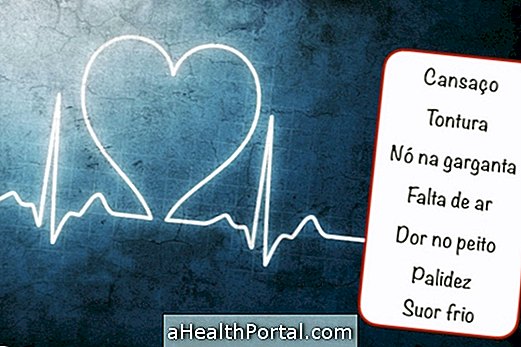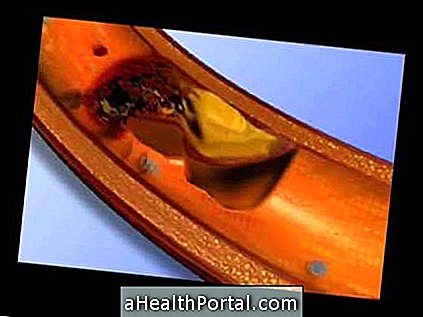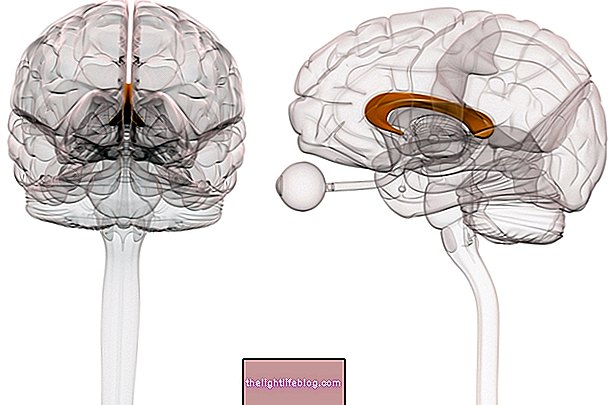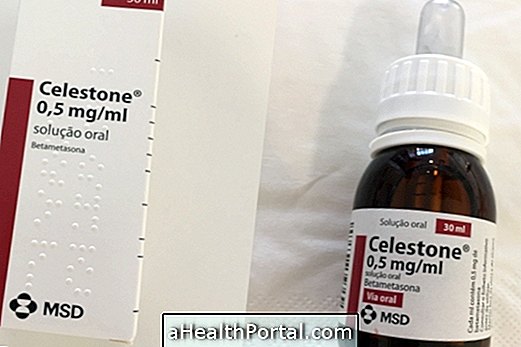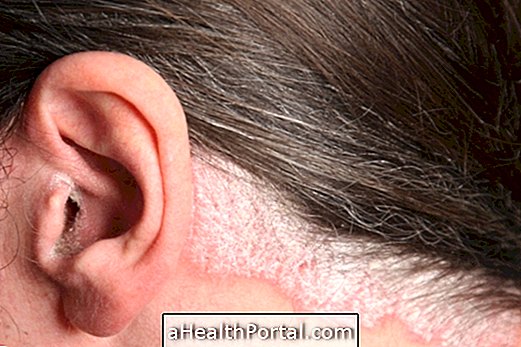Treatment for aneurysms in the aorta varies according to the severity of the aneurysm, the area where it is present, and other diseases the person may have, such as hypertension, diabetes, heart failure, chronic obstructive pulmonary disease, and peripheral vascular disease. It is often necessary first to treat these associated diseases to have a greater chance of healing the aneurysm. It is also usually necessary to have surgery, such as the saphenous vein, when there is not enough blood reaching the heart.
Treatment of thoracic aortic aneurysms
Treatment of thoracic aortic aneurysms can be done in two ways:
- In aneurysms smaller than 5 cm and without the presence of symptoms: clinical follow-up with regular examinations;
- Aneurysms larger than 6 cm, people presenting with symptoms or when progressive aneurysm increase is seen: surgery.
Aneurysms of the thoracic aorta are relatively rare and usually have no symptoms. The surgery is performed with the objective of removing the part of the aorta that presents the aneurysm, being necessary in some cases the placement of a tube to replace the blood vessel.
Treatment of abdominal aortic aneurysms
The treatment of abdominal aortic aneurysms can be performed in two ways, depending on the characteristics of each patient, such as age and associated diseases:
- Surgery: remove the part of the aorta that presents the aneurysm and place in its place a tube to replace the part of the aorta that was removed.
- Endovascular treatment: The tube that will replace the part of the aorta with the aneurysm is placed through an opening made in the femoral artery, which is located in the thigh.
Abdominal aortic aneurysms are usually a consequence of atherosclerosis and arterial hypertension favors their appearance. In most cases the aneurysm is located below the renal arteries, being called infra-renal aortic aneurysm.
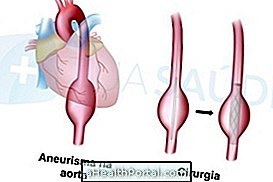

Complications that can occur with surgery
Complications that may occur during surgery or in the postoperative period are:
- Hemorrhages;
- Myocardial ischemia: insufficient blood reaching the heart;
- Injury of abdominal organs;
- Sigmoid colon ischemia: Insufficient blood arriving in a region of the large intestine;
- Lower limb ischemia: insufficient blood reaching the legs;
- Sexual impotence;
- Paraplegia;
In the days following surgery, while the person is still hospitalized, complications such as heart attack, pneumonia and kidney failure can also occur. Late complications may be:
- Infection of the tube used to replace the part of the aorta that had the aneurysm;
- Thrombosis, which is the formation of blood clots within the vessels;
- Formation of other aneurysms at different sites.
Depending on the age of the patient and the presence of other diseases, saphenous vein surgery may be necessary prior to aneurysm repair. Here's how to do dressing and how to relieve pain after surgery on: general care after any surgery.
What can happen if you do not treat the aneurysm
When untreated the aortic aneurysms tend to increase in size and rupture, causing severe internal bleeding and increased risk of death. Other complications may be thrombosis and embolism, which is when a blood clot clogs a vessel. If this blockage occurs in a vessel in the brain, for example, it can cause stroke. The prognosis is better in people who do not have symptoms, but even so the mortality rate is high in this disease.
How to prevent aortic aneurysms
The best way to prevent aneurysms is to control the associated diseases, such as atherosclerosis, peripheral arterial disease, hypertension and chronic obstructive disease. Thus, the person should make treatment and diet to control cholesterol and hypertension, do physical activity regularly, avoid alcoholic beverages and stop smoking. Here's how to feed on a heart diet.


